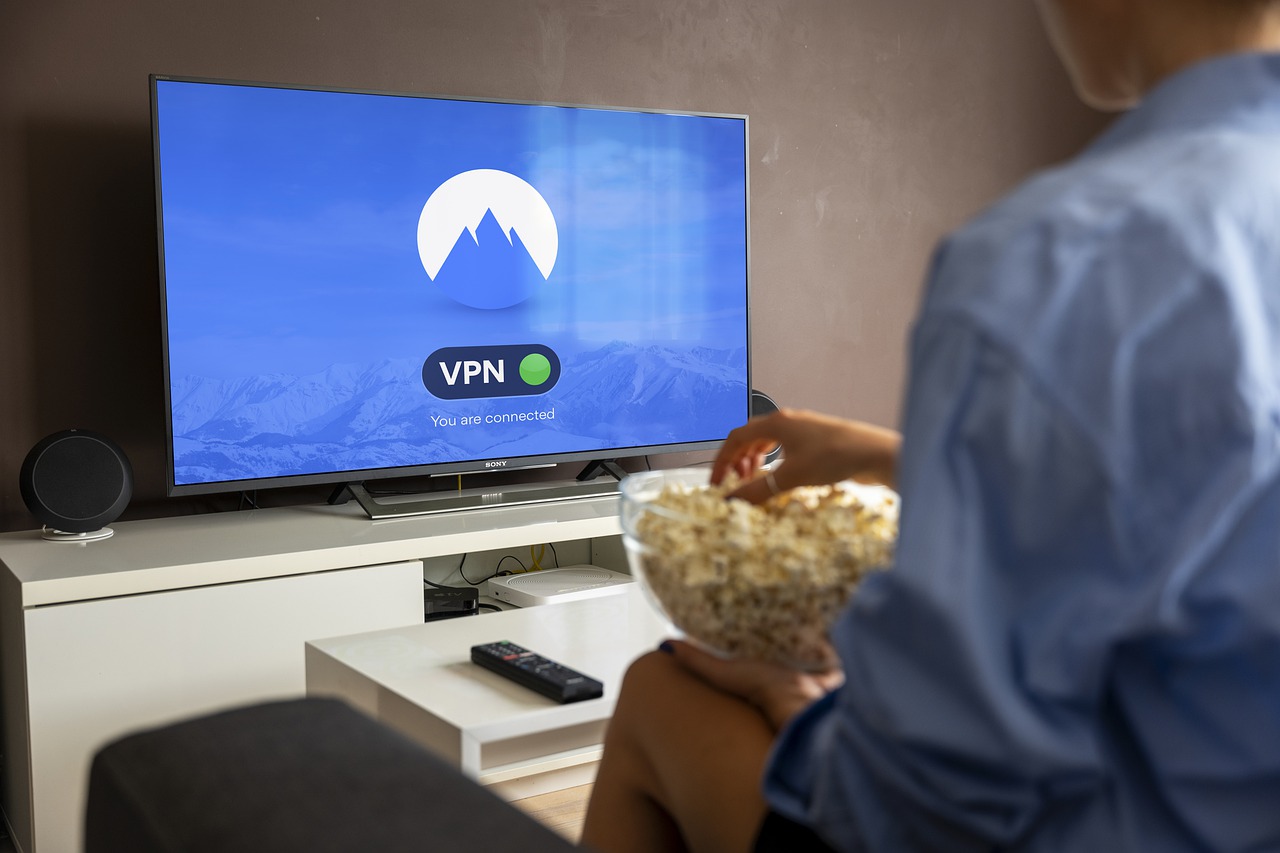What is a VPN? VPN is the acronym for Virtual Private Network. VPN is software running on a remote server that allows you to sign up for free or paid service. Once you sign up and login, your IP address will be hidden and only the IP of the VPN will show to others. Plus all your data will be encrypted for your security and privacy. VPNs are used for security, privacy, and sometimes to bypass content restrictions. Even your ISP will not know any of your online activity.
If you think that your ISP would never be interested in your online activity, think again. Since the repealing of the Congressional Review Act, ISPs can not only collect your personal online activity, they can sell it to the highest bidder. This includes your financial information, medical records, anything that has been in your browser screen. Every site that you visit. Every email that you sent or received. They can also inject ads into the sites that you visit and embed tracking cookies. Basically, you have no privacy from your ISP.
Originally, most VPNs were installed by corporations in order that their employees could connect to the central server and access sensitive information. The employees could connect this way from home or from anywhere in the world.
What Can We Do?
One option, and it’s free, is to use the Opera browser because it has a built-in VPN. However, Opera was recently purchased by a group of Chinese tech firms. Still trust Opera?
Another option is the TOR browser which is also free. TOR, which stands for The Onion Router, looks just like a Firefox browser, so it is very user friendly. TOR will definitely keep you private, however, TOR works by sending your requests through dozens of relay nodes and the server responses coming back to you go through the same relay nodes, this makes your browsing painfully slow. One other drawback to using TOR is that the sites you visit will know that you are using it and may block you.
Last, but not least, is the VPN, which is probably your best bet. Some VPN services will offer a free account, but there will be limitations since they are counting on you to upgrade to a paid account. The paid accounts are good, but they will probably cost you $10/mo if you pay by the single month.
Creating Your Own VPN at Home
This is possible and cheap, but not really for the average computer user since it is a bit geeky to set up properly. (For example, you will need the ability to forward ports from your router.)
Windows 7, 8, and 10 have a built-in VPN server using the point-to-point tunneling protocol (PPTP).
Here are the steps:
- Open the “Network Connections” window.
- Open the “File” menu.
- Select the “New Incoming Connection” option.
- Now, select the user accounts that can connect remotely.
- Select the networking protocols that should be enabled.
Your Router:
Log into your router’s setup page and forward port 1723 to the IP address of the computer where you set up the VPN server.
That should do it.

